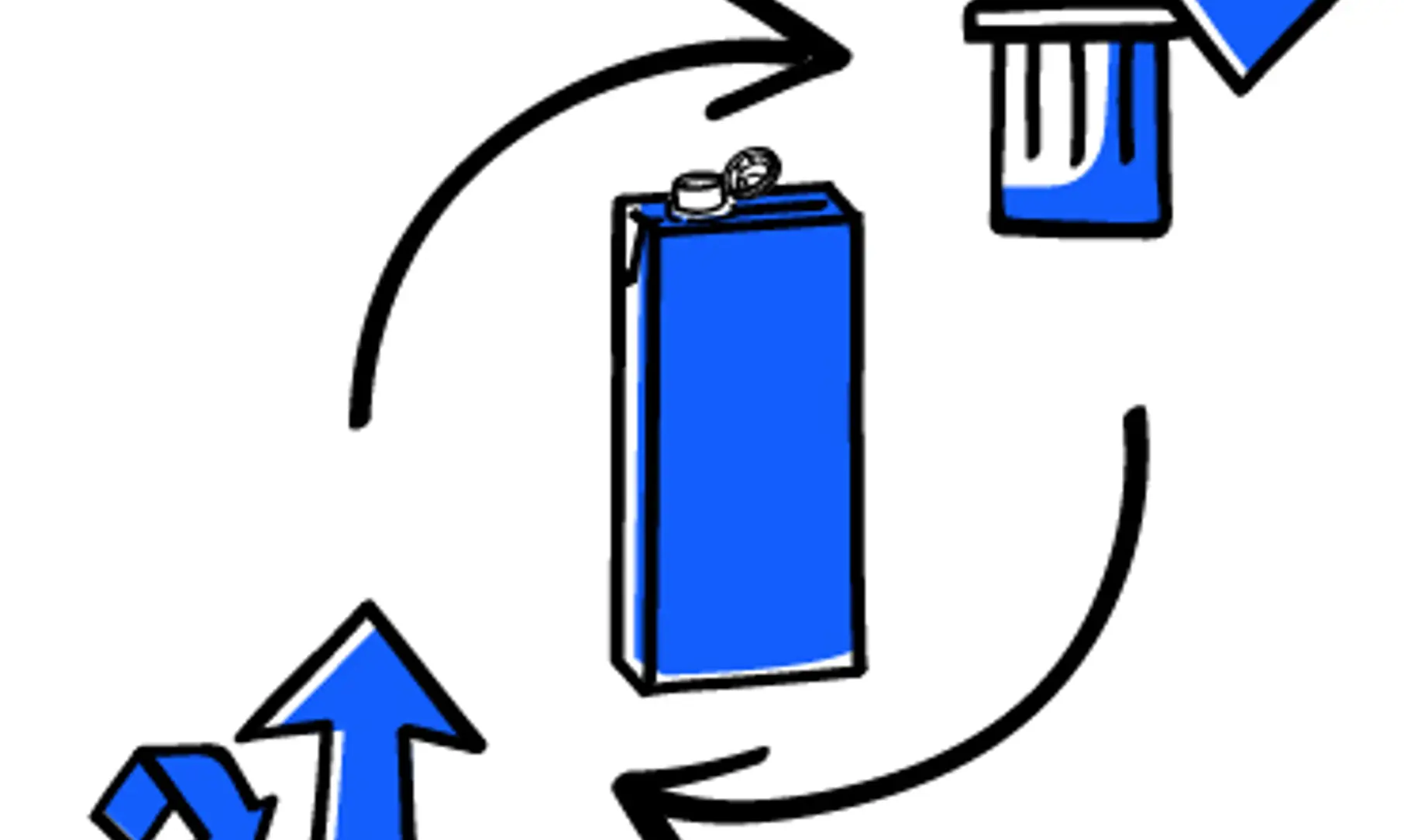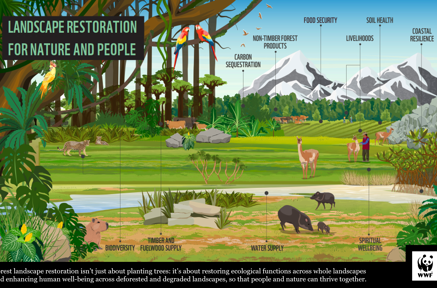3 questions beyond recycling

Is it recyclable? The question takes center stage when discussing packaging, especially for food and beverage items. But every product or package has a lifecycle that extends well beyond its time on store shelves. And to truly assess its environmental impact, we must consider each stage from sourcing to disposal by looking at the big picture, as discussed earlier in the series.
So, what are the other crucial questions we should be asking and why do the answers matter?
What is the pack made of?
An overtly simple question that needs to be answered in-depth. Which materials are used in making of the pack and have they been sourced responsibly? Do the raw materials constitute virgin, recycled or renewable materials? These might seem like a lot, but the answers are key to an accurate assessment of the environmental footprint of a product.

Is the package designed for circularity?
Circular packaging focuses on reducing overall packaging while lowering and extending the use of virgin materials. A transition to circular packaging starts with innovation in design and material sciences. When a pack is designed for circularity, it minimizes waste and ensures efficient resource use. So, we need to look out for information on recycled materials, easy disassembly, and effective end-of-life practices.

What is the product-to-package ratio?
It may not be one of the first things that come to mind when choosing a sustainable pack, but product-to-package ratio is a key metric. A high ratio (more product, less packaging) leads to lower environmental impact because of reduced resource consumption, optimized transportation efficiency, and less waste generation across the product's life cycle.
What else?
Of course, there are other considerations that need to be looked into, including the varied data and reports discussed earlier, which give an accurate indication of the overall environmental impact of a product. After all, making a product more sustainable is not a straightforward task. It requires a multifaceted approach for food and beverage manufacturers. They need to optimize various factors in food production, from reducing waste and enhancing safety to minimizing emissions and establishing effective end-of-life mechanisms across markets.
The SIG commitment
At SIG, we are committed to answering these questions transparently as we work towards making every pack more sustainable. Our wide range of packaging solutions, including cartons, spouted pouches, and bag-inbox, are all geared towards achieving high product-to-package ratio. And SIG Terra, our groundbreaking sustainable packaging range offers industry-first innovations like material linked to 100% post-consumer recycled plastics, aseptic packaging with no aluminum layer, and material made up of forest-based polymers via certified mass balancing. Reach out to know more about different types of materials and formats and discuss how we can help you go further in your sustainability goals.
As we wrap up the series in the next post, we will look back at why asking the right questions is so important and explore the varied aspects related to assessing the sustainability credentials of a product. Watch this space or get the recap post in your inbox by subscribing to our newsletter.

Beyond tree planting

How conserving the jaguar king can protect its forest kingdom

